Editor’s notes: Recently, the Open University of China (OUC) held a meeting to demonstrate the practical achievements of education and teaching reform.
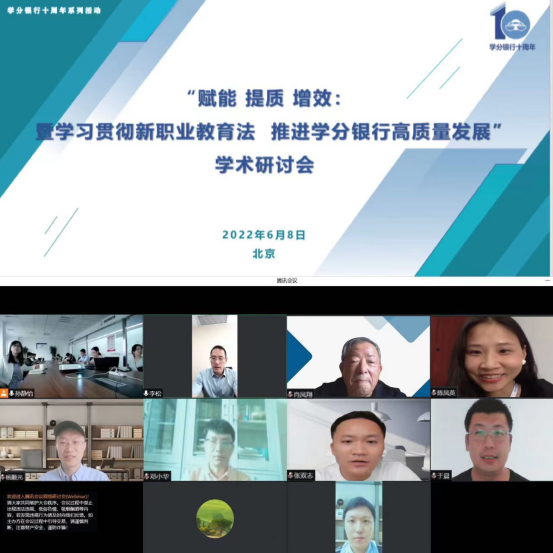 The Credit Bank of the Open University of China (OUC) held a seminar titled “Studying and Implementing the New Vocational Education Law and Promoting High-quality Development of the Credit Bank” on the afternoon of 8 June 2022.
The Credit Bank of the Open University of China (OUC) held a seminar titled “Studying and Implementing the New Vocational Education Law and Promoting High-quality Development of the Credit Bank” on the afternoon of 8 June 2022.
On the afternoon of 8 June 2022, the Open University of China (OUC) and the Higher Education Teaching-evaluation Centre of the Ministry of Education (MOE) held a meeting to train evaluators and launched spring teaching-quality evaluation of selected branches.
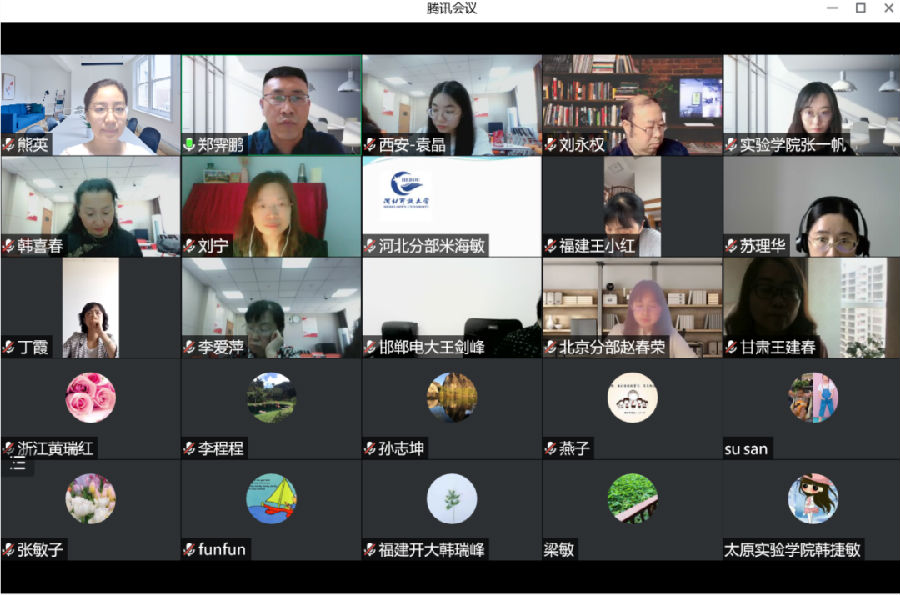 On the afternoon of 1 June 2022, the Faculty of Foreign Languages of the Open University of China (OUC) held a seminar to prepare the AI-empowered English smart teaching reform project via video link. Forty-two teachers to join the teaching reform pilot project from the OUC headquarters and nine branches took part in the event.
On the afternoon of 1 June 2022, the Faculty of Foreign Languages of the Open University of China (OUC) held a seminar to prepare the AI-empowered English smart teaching reform project via video link. Forty-two teachers to join the teaching reform pilot project from the OUC headquarters and nine branches took part in the event.
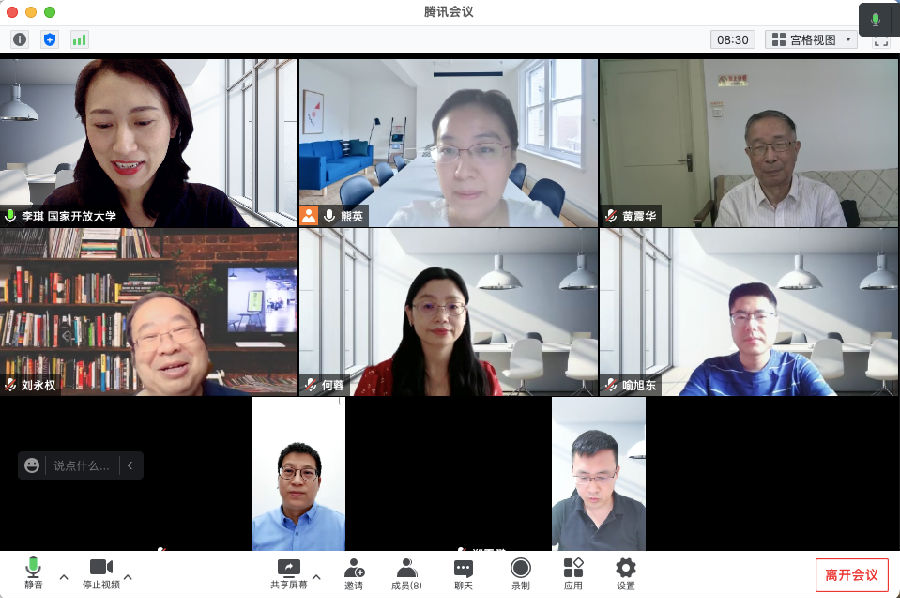 On 25 May 2022, the Open University of China (OUC) held a meeting, on-site and by video link, to discuss proposals for the translation of Urban Space in Transition, part of the 2021 Chinese Academic-works Translation Project.
On 25 May 2022, the Open University of China (OUC) held a meeting, on-site and by video link, to discuss proposals for the translation of Urban Space in Transition, part of the 2021 Chinese Academic-works Translation Project.
On the morning of 20 May 2022, the Open University of China (OUC) held the opening ceremony for an online class to train educators of older adults, the 4th of its kind. The class will include three special classes and serve over 1,000 trainees.
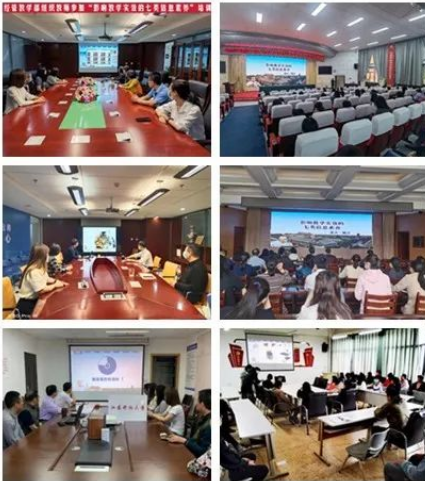 To enhance their grasp of information technology and ability to integrate it into their teaching, the Open University of China (OUC) provided its teachers an information-technology workshop on 17 May 2022. Professor Chen Jiang of the School of Electronics Engineering and Computer Science of Peking University, and a trainer in its Centre for Excellence in Teaching and Learning, lectured at the event.
To enhance their grasp of information technology and ability to integrate it into their teaching, the Open University of China (OUC) provided its teachers an information-technology workshop on 17 May 2022. Professor Chen Jiang of the School of Electronics Engineering and Computer Science of Peking University, and a trainer in its Centre for Excellence in Teaching and Learning, lectured at the event.
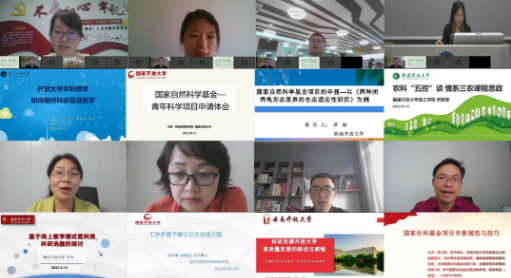 On 13 May 2022, the Agroforestry and Medicine Sub-committee of the Academic Committee of the Open University of China (OUC) held an online forum for doctors entitled "How to Develop Research in Agroforestry and Medicine at Open Universities".
On 13 May 2022, the Agroforestry and Medicine Sub-committee of the Academic Committee of the Open University of China (OUC) held an online forum for doctors entitled "How to Develop Research in Agroforestry and Medicine at Open Universities".
 On 16 May 2022, the Open University of China (OUC) held a second seminar to discuss the construction of adult education discipline projects that are entrusted by the OUC to external institutions.
On 16 May 2022, the Open University of China (OUC) held a second seminar to discuss the construction of adult education discipline projects that are entrusted by the OUC to external institutions.
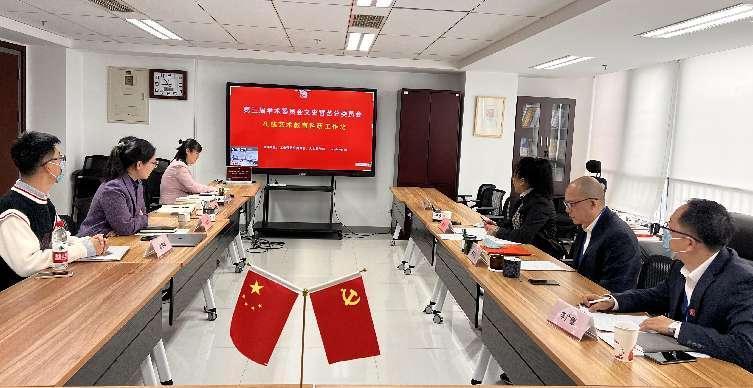 On 27 April 2022, the Academic Committee for the Humanities, History, Philosophy and Art, together with the Faculty of Humanities of the Open University of China (OUC), held an "Online Art-education and Research Workshop", aiming to implement the requirements of the OUC Academic Committee for promoting the research of teachers, and cultivate teaching and research teams for the disciplines of Humanities, History, Philosophy and Art.
On 27 April 2022, the Academic Committee for the Humanities, History, Philosophy and Art, together with the Faculty of Humanities of the Open University of China (OUC), held an "Online Art-education and Research Workshop", aiming to implement the requirements of the OUC Academic Committee for promoting the research of teachers, and cultivate teaching and research teams for the disciplines of Humanities, History, Philosophy and Art.